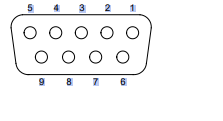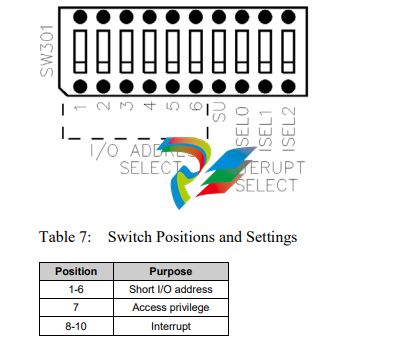
MOLEXDocument Edition: 1.2 Date: January 17, 2012 This document applies to the SST-PB3-VME-1 and SST-PB3-VME-2 interface cards. Copyright ©2012 Molex Inc. This document and its contents are the proprietary and confidential property of Molex Inc. and/or i
3M, 6M and 12M baud
• Support 16-bit transfers (VME D16) with both VME A24 (standard) and A16 (short I/O)
address transfers
Note
For A16 short I/O cycles, registers are located on the odd byte addresses
(0x01, 0x03, and so on) and are 8 bits wide.
Note
Applications running on one channel do not affect the performance of
other channels and do not share memory or processor resources with
other channels.
1.3 Byte Ordering
The card uses Intel-style (little endian) byte ordering for multi-byte entities LSB-low address and
MSB-high address. If your host system uses Motorola (big endian) byte ordering (MSB-low
address and LSB-high address), you must compensate for byte ordering in software.
The following language macro will compensate for byte ordering in a 16-bit data entity:
#define SWAP_WORD (WordData) ((WordData<<8) | (WordData>>8))
Hardware Description
The main features of the card are described in more detail in the following sections.
Figure 1: The SST-PB3-VME-1 and SST-PB3-VME-2 Interface Card

1.4.2 Profibus Connector
The card has one standard Profibus DB9 female connector per channel. Pin numbers are
identified in the following figure.
Figure 3: The Profibus DB9 Female Connector
5 4 3 2 1
9 8 7 6
Note
The recommended male connector is the Brad Harrison PA9D01-42
Diagnostic D-Sub Connector.
The recommended cable is Belden 3079A. Examples include:
• Brad Harrison 85-0001 PVR 2 conductor with shield, UL-listed Profibus cable
• Bosch Comnet DP #913 548 Flexible Profibus Cable
• Bosch Comnet DP #917 201 Trailing Profibus Cable
• Bosch Comnet DP #917 202 Massive Profibus Cable

1.4.3 DIP Switch (S1)
The card has a 10-position DIP switch that must be set before the card is installed.
The DIP switch is used to set the base I/O address used to configure the card.
Figure 4: DIP Switch (Shown in Off Position)

2.1 System Requirements
To install and operate the card, the following system requirements must be met:
• A controller that conforms to VMEbus spec VME64 (VITA 1.1 1997)
• Minimum 256K window in host memory map
• The ability to generate and accept 16-bit data transfers (VME D16) with both VME A24
standard address and VME A16 short I/O address transfers
• If interrupts are required, you will need a physical interrupt. On the 2-channel card, this
will be shared between channels.
2.2 Handling Precautions
The card contains components that are sensitive to electrostatic discharge (ESD).
Do not touch the card without following these precautions:
Caution
• Always follow correct ESD procedures before handling the card.
We strongly recommend the use of a grounding wrist strap.
• Never touch any of the card’s connectors or pins. Handle the card by
its edges or bracket.
• When the card isn’t in your computer, always store it in its protective
anti-static bag




























































































































